
Wherever you go in the world, everyone knows what AK47 (or just Kalashnikov) means. From Indian soldier to Columbian drug cartel member, from a Saudi prince to U.S. Marine, everybody knows this rifle and often has a very personal story about it to share.
Over the last 70 years, different countries and groups all around the globe have used AKs. These rifles symbolized freedom and terror, resistance, and oppression. There’s no other weapon that inspired so many books, songs, art objects, and exhibitions while creating so much controversy.
What many uninformed people don’t know is that most of the Kalashnikovs circulating the world have nothing to do with Russia or Soviet Union — when I worked in Iraq as an armorer, out of several thousand AKs I inspected only about a dozen that were manufactured in the Soviet Union.
NOT JUST RUSSIA
Everything else came from all around the world: China, Romania, Hungary, Serbia, Poland, Bulgaria, or one of 20 other countries that produced different AK variants.
Most of those countries received direct transfers of technology from the Soviet Union in the early ’50s, but some had a more intricate path to manufacturing Kalashnikov rifles.
Arguably, Iraq had the weirdest path — what they produced was essentially a copy of a pirated copy, exactly like the DVDs you can buy at any Iraqi market.
YUGOSLAVIAN ROOTS
In the late ’70s, Saddam Hussein came to power in Iraq and started a war with Iran. Iran was big and powerful; Iraq was small, but quite rich at the time, so Saddam thought he had a chance. He just needed one thing — weapons.
Bu hikaye Recoil dergisinin March - April 2020 sayısından alınmıştır.
Start your 7-day Magzter GOLD free trial to access thousands of curated premium stories, and 9,000+ magazines and newspapers.
Already a subscriber ? Giriş Yap
Bu hikaye Recoil dergisinin March - April 2020 sayısından alınmıştır.
Start your 7-day Magzter GOLD free trial to access thousands of curated premium stories, and 9,000+ magazines and newspapers.
Already a subscriber? Giriş Yap
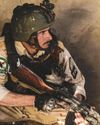
THE 'PARTNER FORCE' AK
A First-hand Look at the AKs of Afghan Commandos
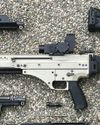
THE SCAR WITHOUT FN
The Self-Assembled Modular SCAR 17
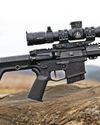
WATER DRAGON - THE GREY GHOST 6ARC DRAC
The Latest Long-Range 6ARC Rifle, Developed on the Range
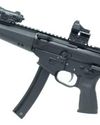
QUARTER CIRCLE 10 YKMF-5
When an MP5 Isn't

THE GOOD, THE BAD, AND THE SILENT
Tactical Cowboy by Heritage Manufacturing
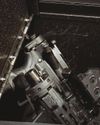
FOLDING FRONT-END FIREPOWER
AR-15 Takedown Systems for Compact Capability

CANADA'S NATIONAL FIREARMS ASSOCIATION
The NFA is Leading the Way to Fight for Gun Rights in Canuck Country
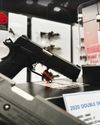
BEST OF SHOT SHOW 2022
Bear in mind that just because a product received an award doesn't mean it has our endorsement (by default everything awarded is new), but you'll be seeing more of everything you see here in these pages in upcoming issues.

BFT47 AK
Has Century Managed to Produce a Working American AK? We Put Their Latest Version to the Test
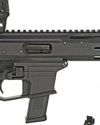
ANGSTADT ARMS MDP-9
Move Over MP5, There's a New Roller Locked Subgun in Town